A Beginner’s Guide to the Ketogenic Diet: Unlock Your Body’s Fat-Burning Potential
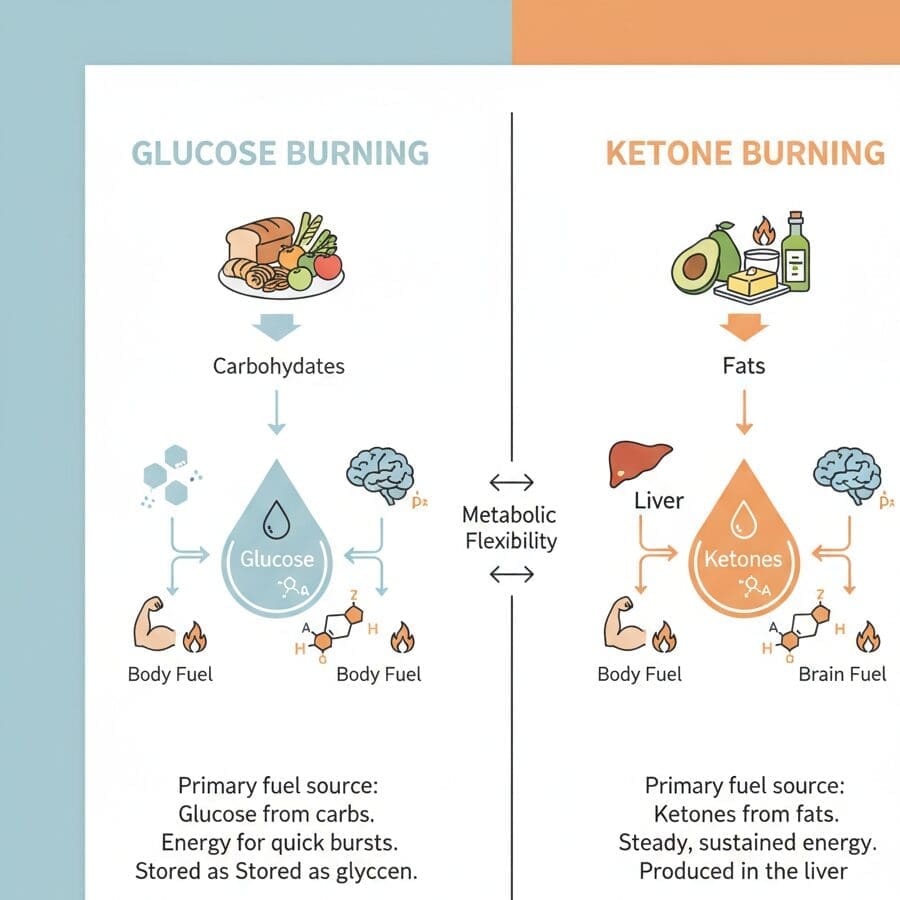
In the vast landscape of dietary strategies, the ketogenic (or ‘keto’) diet has gained significant attention for its remarkable effects on weight loss and overall health. It’s not just another fad; it’s a metabolic approach that shifts your body’s primary fuel source from carbohydrates to fat.
By doing so, you enter a state called ketosis, transforming your body into an efficient fat-burning machine. This guide is designed to demystify the keto diet, offering a clear path for beginners to understand its principles, benefits, and practical steps for getting started.
What is Ketosis? The Science Behind the Keto Diet
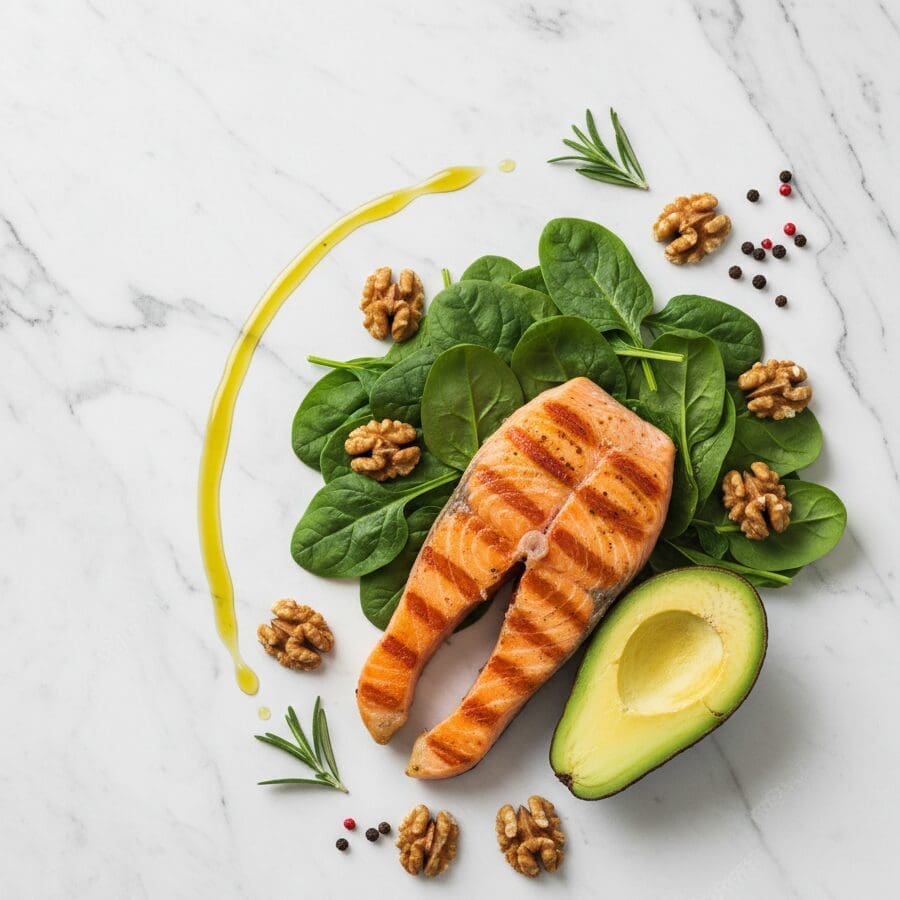
The fundamental principle of the ketogenic diet is to drastically reduce carbohydrate intake and replace it with fat. This shift forces your body into a metabolic state called ketosis.
Under normal circumstances, your body relies on glucose (sugar from carbs) for energy. When glucose is scarce, as detailed in research from StatPearls Publishing, your liver begins to break down fats into molecules called ‘ketones.’ These ketones then serve as an alternative fuel source for your brain, muscles, and organs.
Achieving this state typically requires consuming about 70-75% of your calories from fat, 20-25% from protein, and only 5-10% from carbohydrates. This metabolic switch is the key to the diet’s most well-known benefits.
The Core Benefits: More Than Just Weight Loss
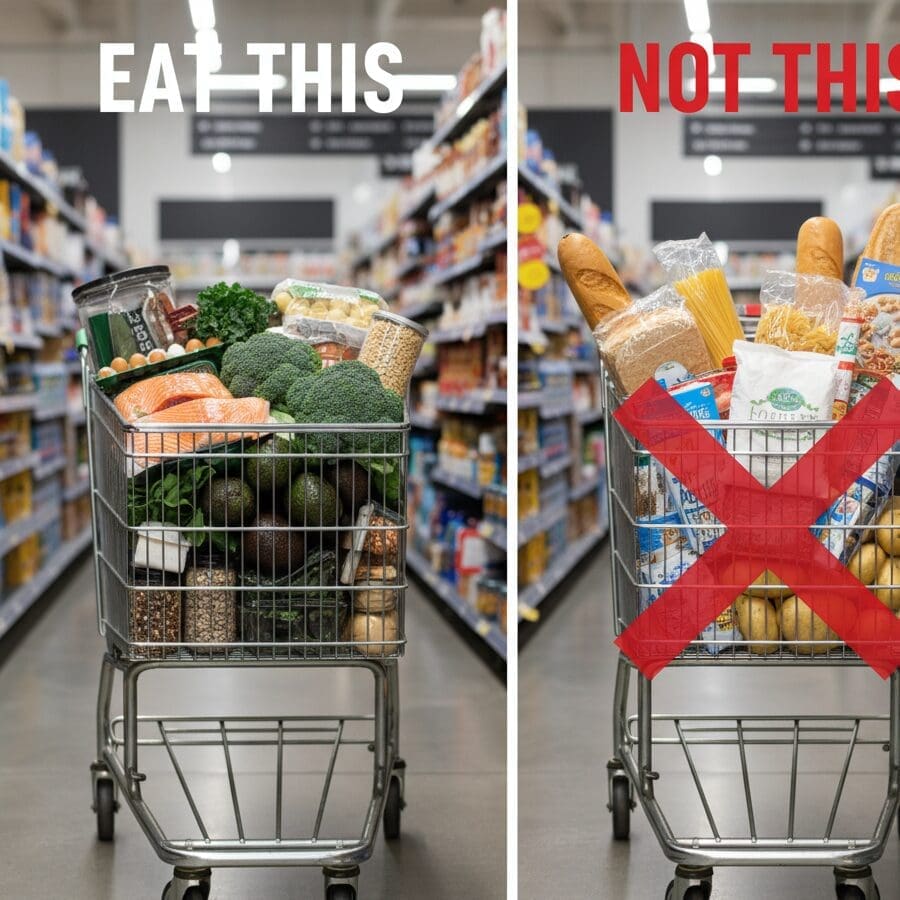
While rapid weight loss is a major draw for many, the benefits of a ketogenic lifestyle often go much deeper. Many people report experiencing enhanced mental clarity and sustained energy levels, free from the ‘afternoon slump’ associated with high-carb meals.
In fact, a review in the European Journal of Clinical Nutrition highlights its potential for improving insulin sensitivity and blood sugar control, making it a powerful tool for managing type 2 diabetes. Furthermore, the keto diet may contribute to improved heart health by increasing levels of ‘good’ HDL cholesterol and decreasing triglycerides.
Other reported advantages include reduced inflammation and potential neuroprotective effects, a benefit explored in the journal Pediatrics.
Navigating the ‘Keto Flu’ and Common Challenges
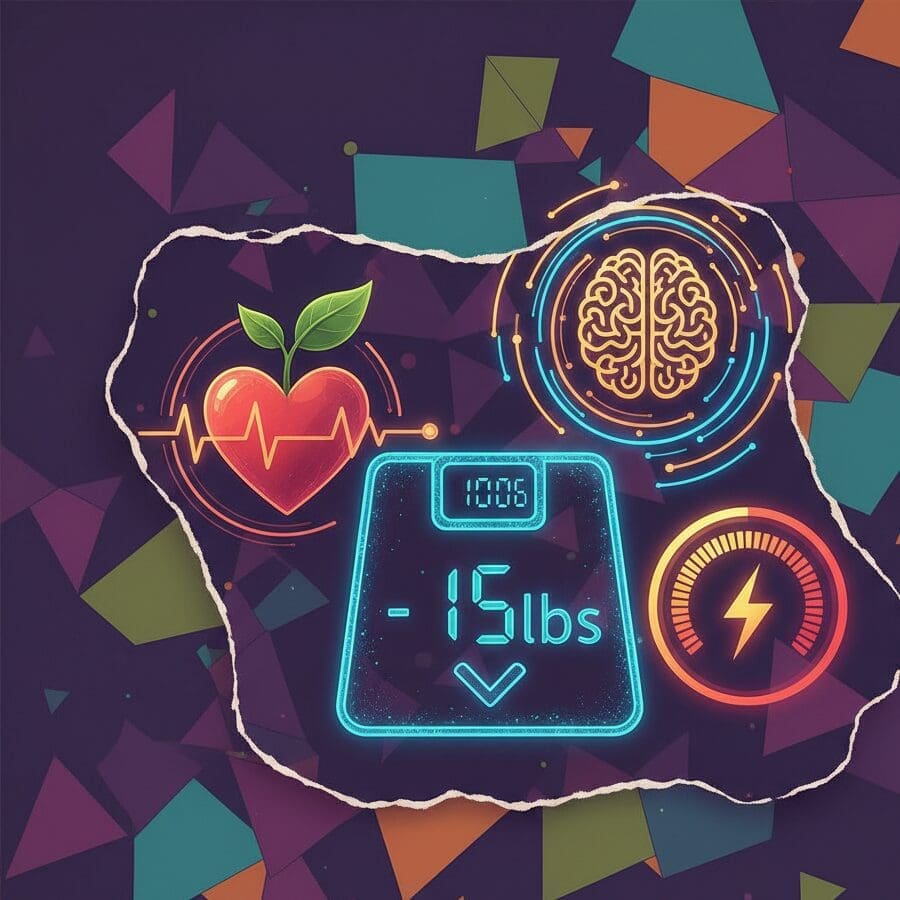
As your body adapts from using carbs to fats for fuel, you may experience a temporary set of symptoms known as the ‘keto flu.’ These can include headaches, fatigue, irritability, and nausea. This is a normal part of the transition and is primarily caused by dehydration and an imbalance of electrolytes.
To minimize or prevent the keto flu, it is crucial to drink plenty of water and actively replenish electrolytes like sodium, potassium, and magnesium. You can do this by adding a pinch of salt to your water, eating potassium-rich foods like avocados and leafy greens, and considering a magnesium supplement.
Getting Started: A Simple Keto Food List
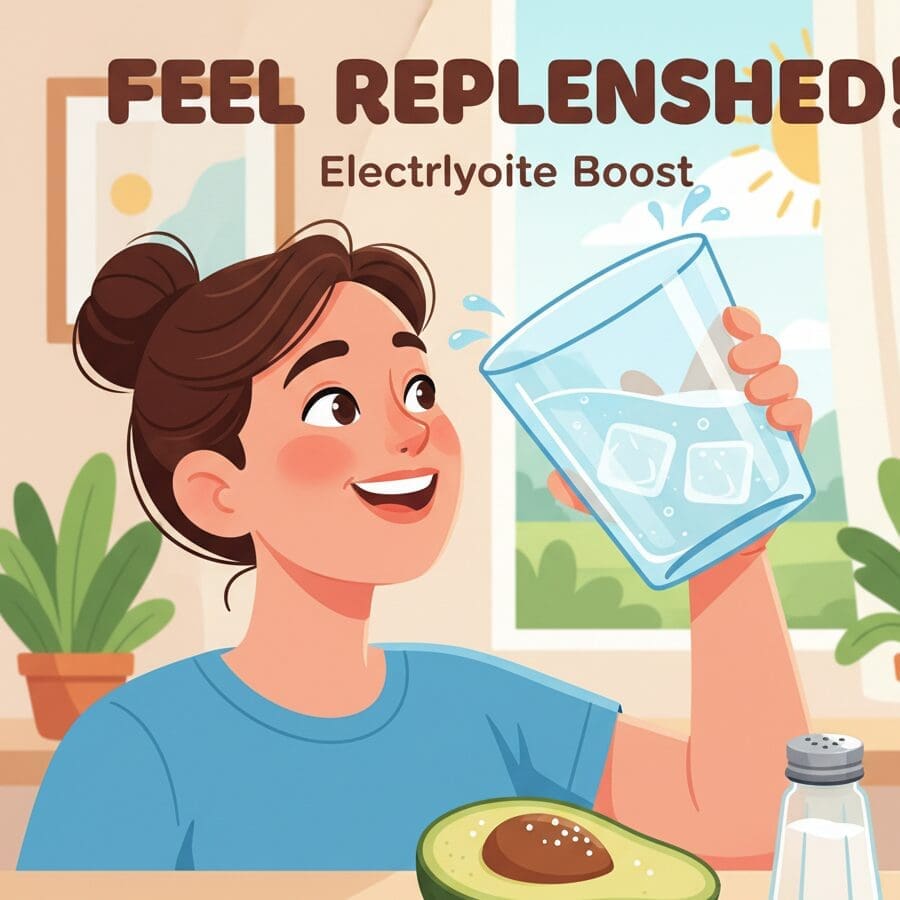
Starting keto is about knowing what to eat and what to avoid. Focus on whole, unprocessed foods.
Foods to Eat:
- Healthy Fats: Avocados, olive oil, coconut oil, butter
- Proteins: Fatty fish like salmon, meat, poultry, eggs
- Low-Carb Vegetables: Leafy greens, broccoli, zucchini, and versatile options like whole roasted cauliflower
- Nuts and Seeds: Almonds, walnuts, chia seeds
- Dairy: Full-fat cheese, heavy cream, butter
Foods to Avoid:
- Sugary Foods: Soda, candy, fruit juice
- Grains: Wheat, rice, pasta
- Legumes: Beans, lentils
- Root Vegetables: Potatoes, carrots
- Most Fruits
A simple meal could be baked salmon with asparagus drizzled in olive oil, or a salad with grilled chicken, avocado, and a full-fat dressing like a rich and creamy mushroom gravy.
Conclusion
The ketogenic diet is a powerful metabolic tool that can lead to significant weight loss and health improvements. By understanding the science of ketosis, embracing a diet rich in healthy fats and low in carbs, and preparing for the initial adaptation period, you can successfully embark on your keto journey.
Remember to focus on nutrient-dense foods and listen to your body. For personalized advice, especially if you have pre-existing health conditions, consulting with a healthcare professional or registered dietitian is always the best first step.
